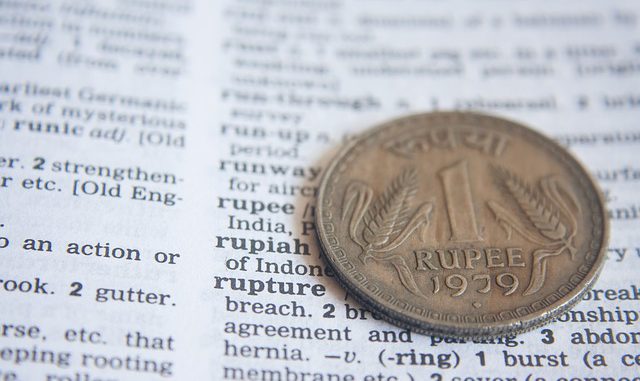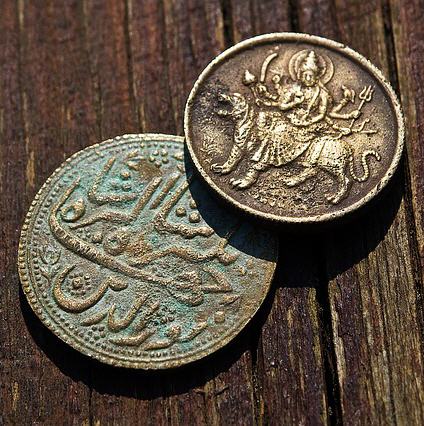
India won its independence from the British rule on 15th August 1947. The coins that were issued after independence are known as Republic India Coins. However, until the year 1950 India retained the monetary system of using British coins. India issued its first minted coin on August 15, 1950.
Though the new coins had similar value, metal composition, and weight, the design of the coins was significantly different. The earlier coins had the effigy of the King or the British Monarch and this was now being replaced with the symbol of non-violence and peace, i.e. the Ashoka Pillar at Saranath.
On top of the Ashoka Pillar, “Government of India” was inscribed. The reverse of the coin has its own set of beautiful images, as it was inscribed with a new motif, a pair of corn sheaves, and the valuation of the coin was inscribed in Hindi, as well as in English. However, the monetary system remained unchanged with one rupee consisting of 16 Annas.

The coins that were in use from the day of independence until August 15, 1950 were known as the “Frozen Series.” Then, the “Anna Series” was introduced and these represented the first coinage of the Republic of India.
The “Decimal Series” was introduced April 1, 1957. The rupee was now divided into 100 Paisa and the decimal paisa was termed as “Naya Paisa.” On June 1, 1964, the term ‘Naya’ (meaning new) was dropped and the coins were termed as “Paisa.” In this year, the “Aluminium Series” was introduced and the small denomination coins that were made up of bronze, cupro-nickel, nickel-brass, and aluminium-bronze were gradually minted in aluminium instead. This change was made due to the rise in the commodity prices of these metals.
Later on in the year 1988, the Aluminum series was discontinued and stainless steel coins were introduced into the market. The coinage included 10, 25, and 50 paise. The one rupee stainless steel coin was introduced in the year 1992. As the currency notes could be issued at a lesser price, so the notes gained a lot of importance and there was a gradual decrease in the usage of stainless steel coins.
However, even though the stainless steel coins are still in existence they are rarely used due to the value of the coin decreasing. India even issues special coins that are minted in the memory of special people or events. These coins are commonly known as commemorative coins. These are minted in various denominations and some of them portray Mahatma Gandhi, 1982- Asian games, Jawaharlal Nehru, Rajiv Gandhi, Indira Gandhi, and many more famous personalities.
Are you interested in purchasing rare Indian coins? Then, kindly refer to this website: http://rareindiancoins.com/. Here you will find various Indian coins and paper money for sale.
Article Source: A Brief Introduction On The Coins Of Republic Of India
See also: Coins of the Gupta Empire








